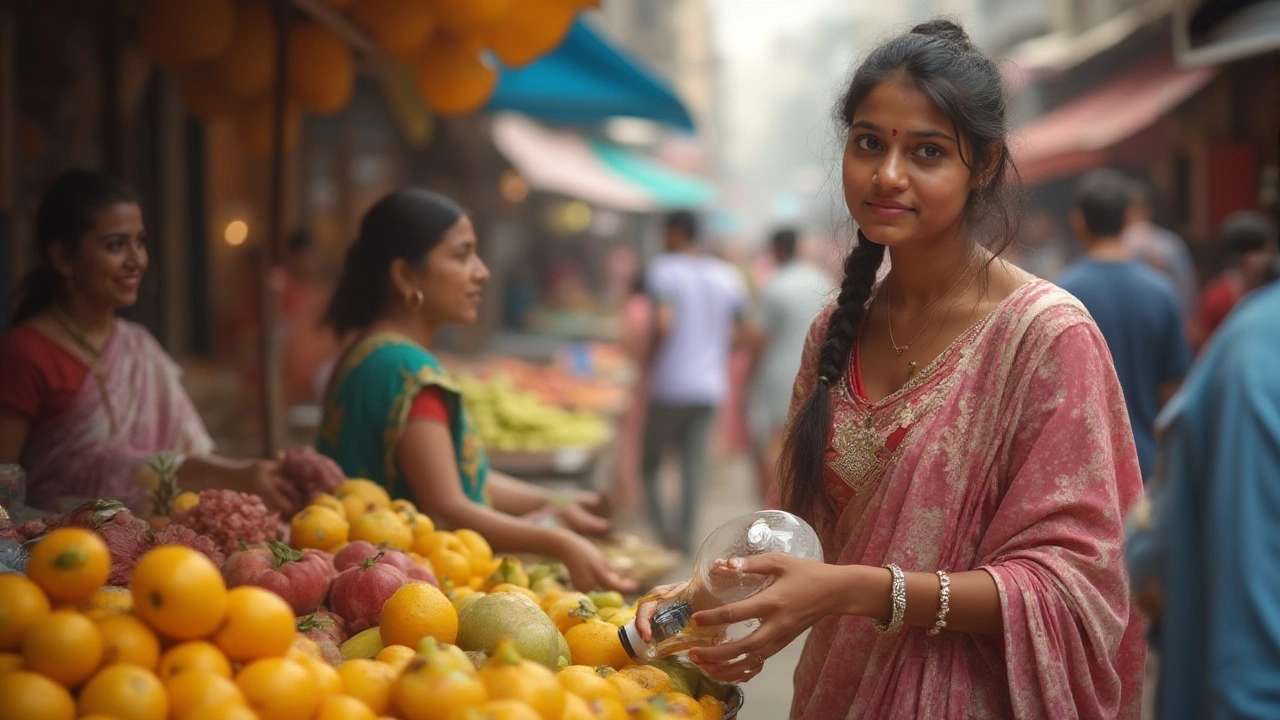Safe Eating in India: What to Eat, Avoid, and Where to Trust
When you’re traveling in India, safe eating in India, the practice of choosing food and drinks that won’t make you sick while still enjoying local flavors. It’s not about avoiding Indian food—it’s about knowing how to enjoy it without the stomach trouble. Thousands of travelers eat street food every day without issue, but a few bad choices can turn a trip into a hospital visit. The key isn’t perfection—it’s smart habits.
Indian street food safety, how vendors prepare, store, and serve food in busy markets and roadside stalls depends on visibility and speed. Look for stalls with a crowd—locals know who’s clean. Hot, freshly cooked food is your friend. Avoid anything sitting out for hours, especially salads or raw veggies washed in tap water. Stick to fried snacks like samosas, pakoras, or tandoori items cooked in front of you. For drinks, bottled water is non-negotiable. Skip ice unless you’re sure it’s made from purified water. Even brushing your teeth with tap water can cause problems if your stomach isn’t used to it.
food hygiene India, the standards and practices used by vendors, restaurants, and households to prevent foodborne illness varies wildly. A five-star hotel kitchen follows strict rules. A small family-run dhaba might not have running water, but if the oil is hot, the food is served steaming, and the cook washes hands before handling money, you’re probably fine. Trust your nose—if something smells off, walk away. Don’t assume expensive places are safer; some of the best, safest food comes from unassuming spots with long lines.
Some foods are safer than others. Yogurt-based dishes like raita or lassi are usually fine because the fermentation kills bad bacteria. Boiled eggs, roti, and rice are low-risk if served hot. Avoid raw seafood, undercooked meat, and unpasteurized dairy. Fruit? Peel it yourself. Bananas and oranges are safe because you remove the skin. Apples and strawberries? Skip them unless you’re certain they were washed in clean water.
Travelers often panic about food, but most cases of illness come from a single mistake—like drinking tap water or eating a salad washed in it. You don’t need to eat like a local to stay healthy. You just need to be a little careful. Carry hand sanitizer. Use it before eating. Don’t assume a restaurant is clean just because it looks nice. Watch how the staff handles money and food. If they touch both without washing, don’t order.
There’s no magic rule, no single checklist that works everywhere. But if you focus on heat, freshness, and cleanliness, you’ll eat well and stay well. India’s food is one of its greatest gifts. Don’t let fear steal that from you. The right choices aren’t complicated—they’re simple. Hot. Clean. Fresh. And if you’re unsure? Ask yourself: would I eat this if I lived here?
Below, you’ll find real traveler-tested advice, city-by-city tips, and the exact foods that keep people healthy across India—from Mumbai’s chaat stalls to Delhi’s night markets and Goa’s beach shacks. No fluff. Just what works.
